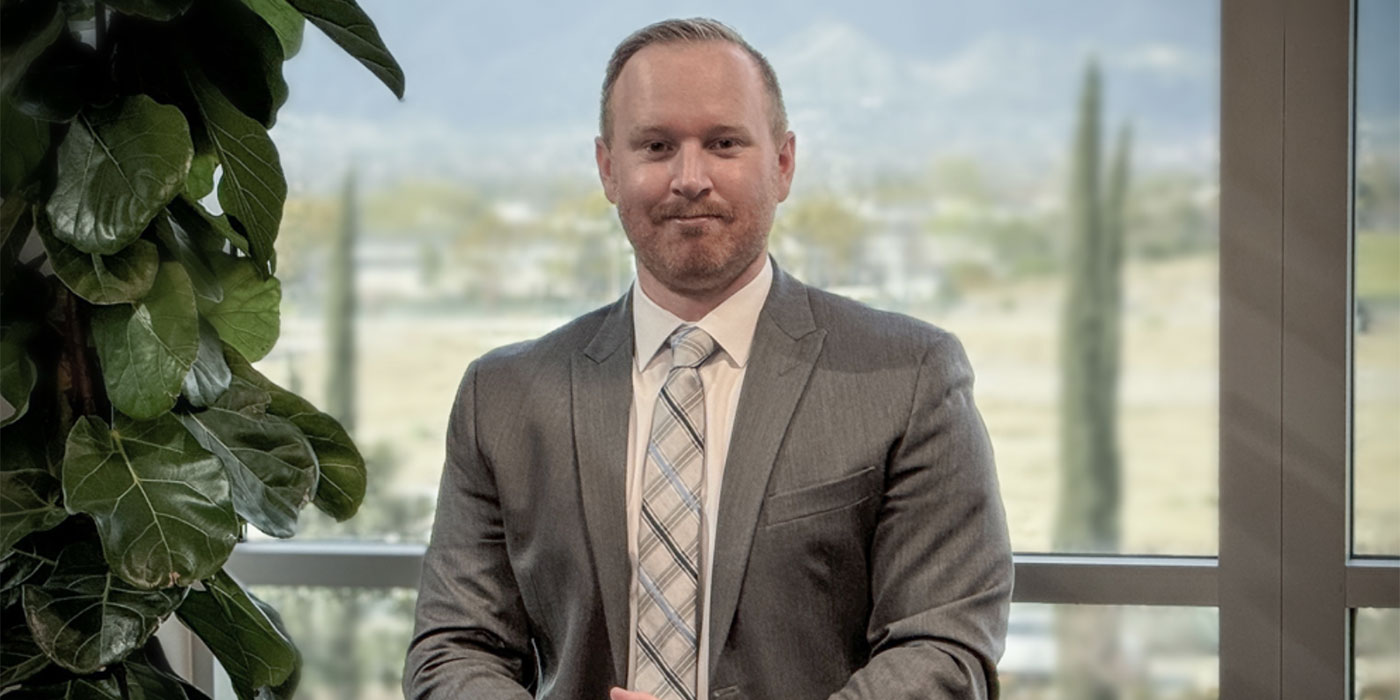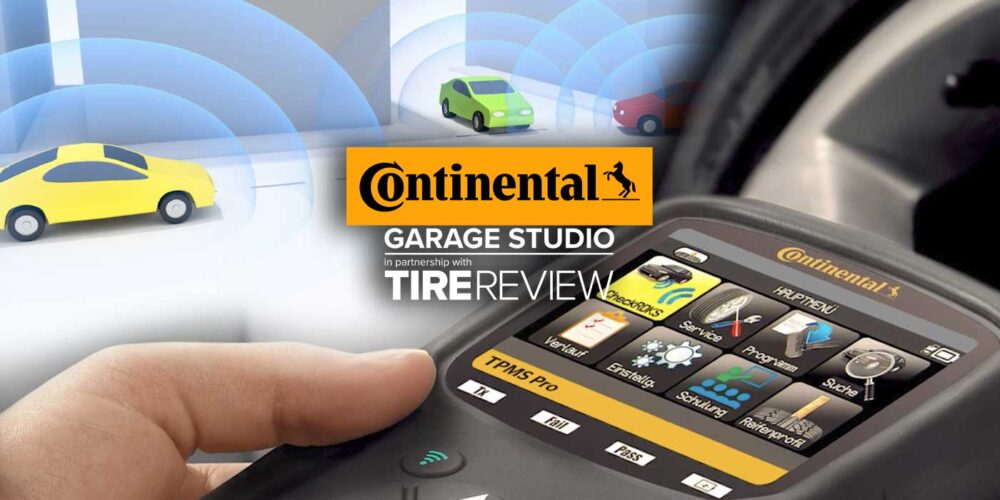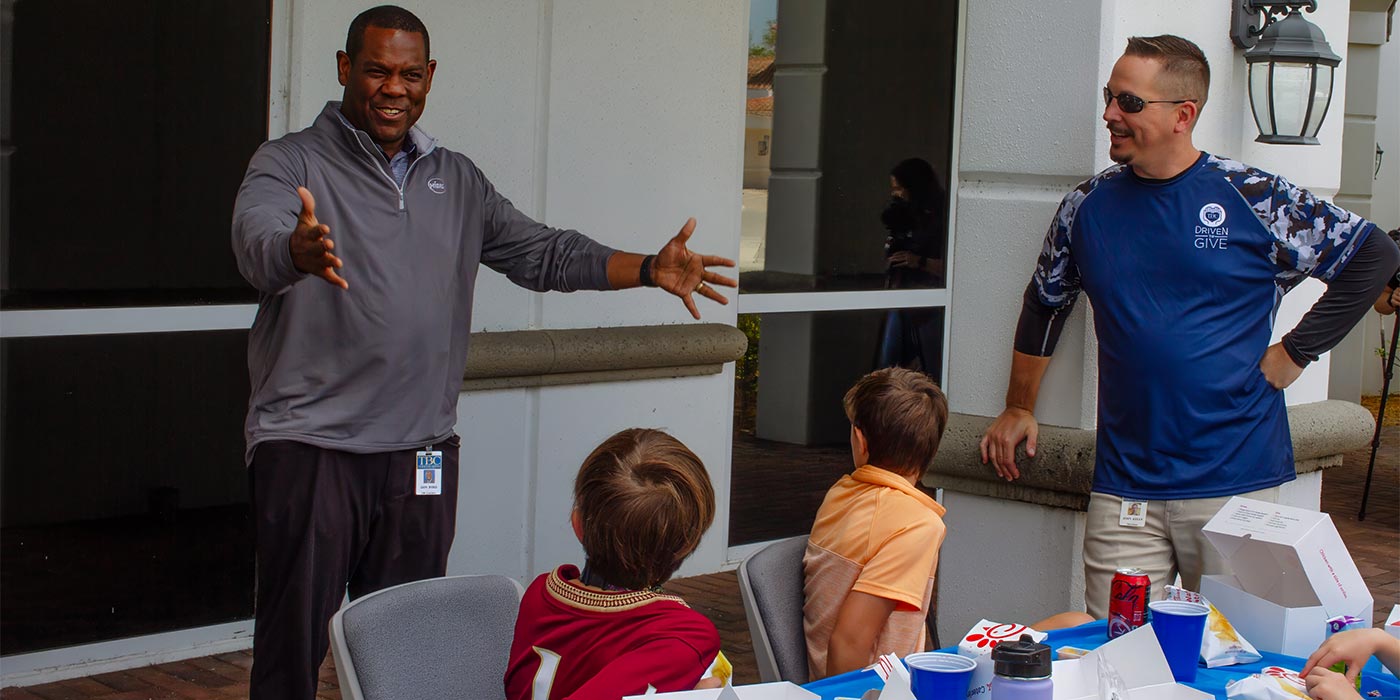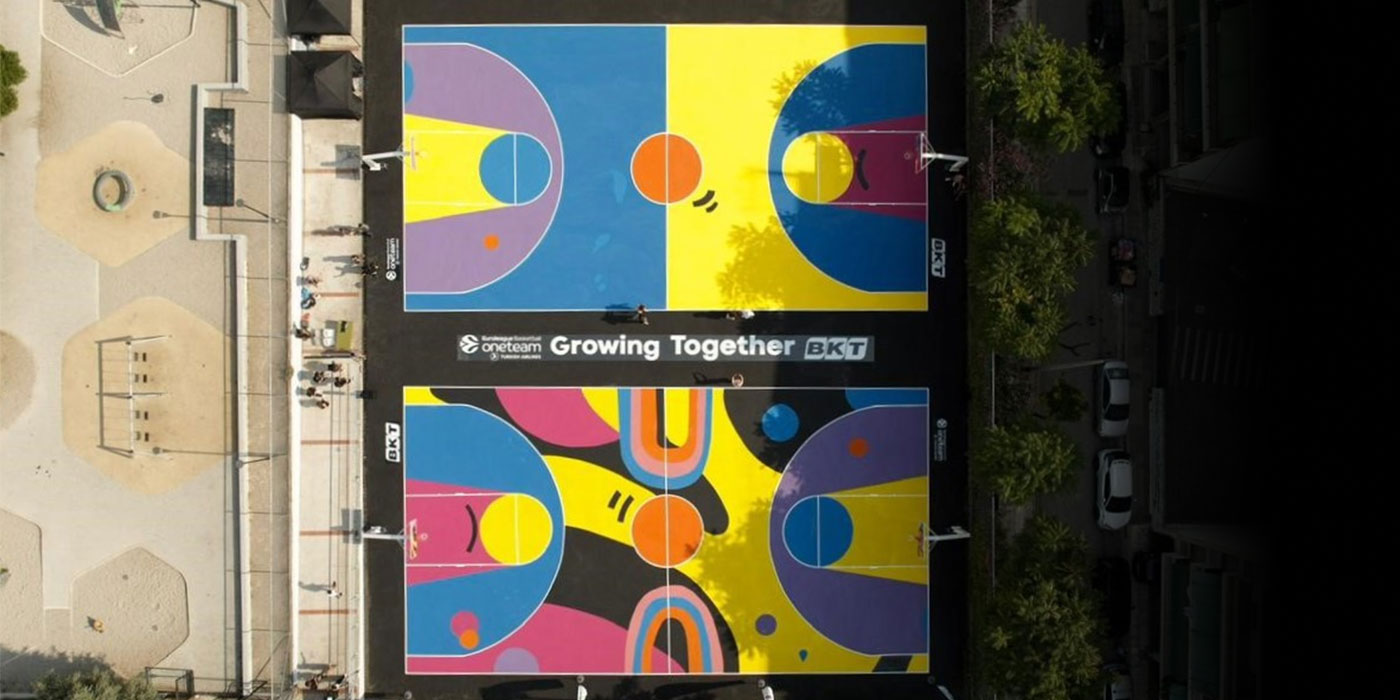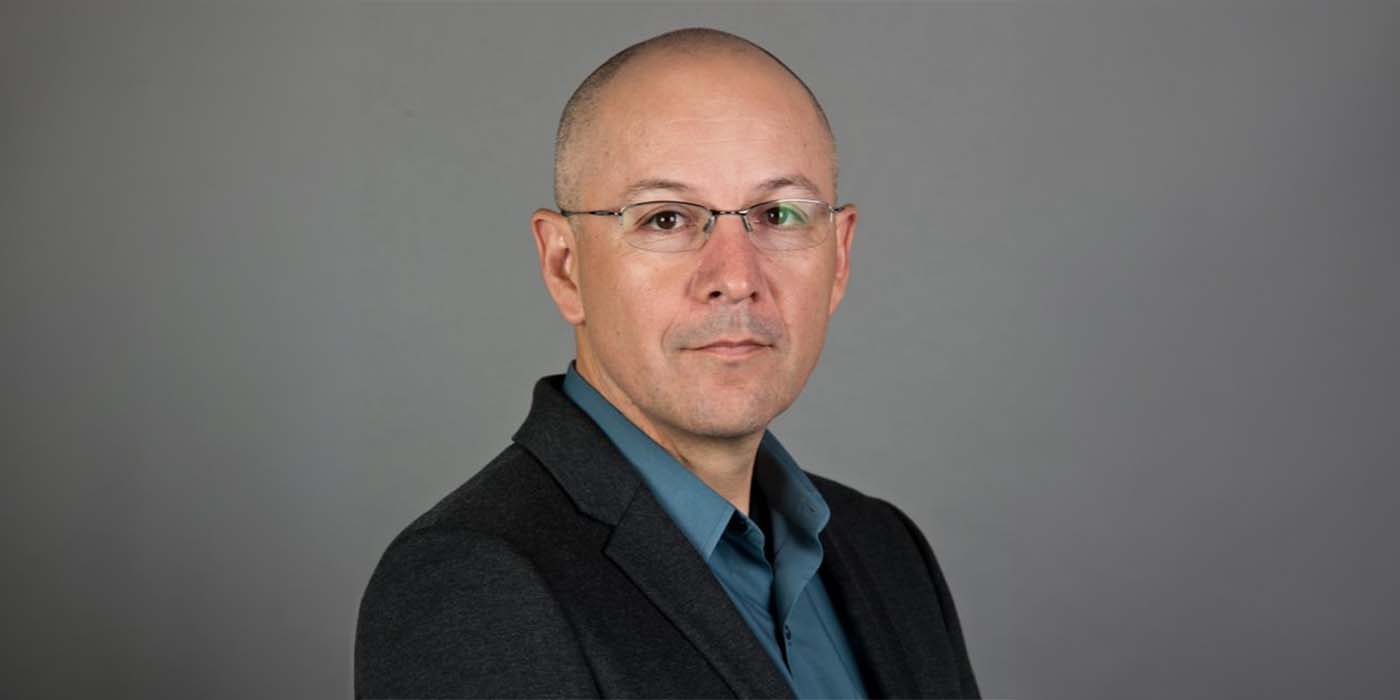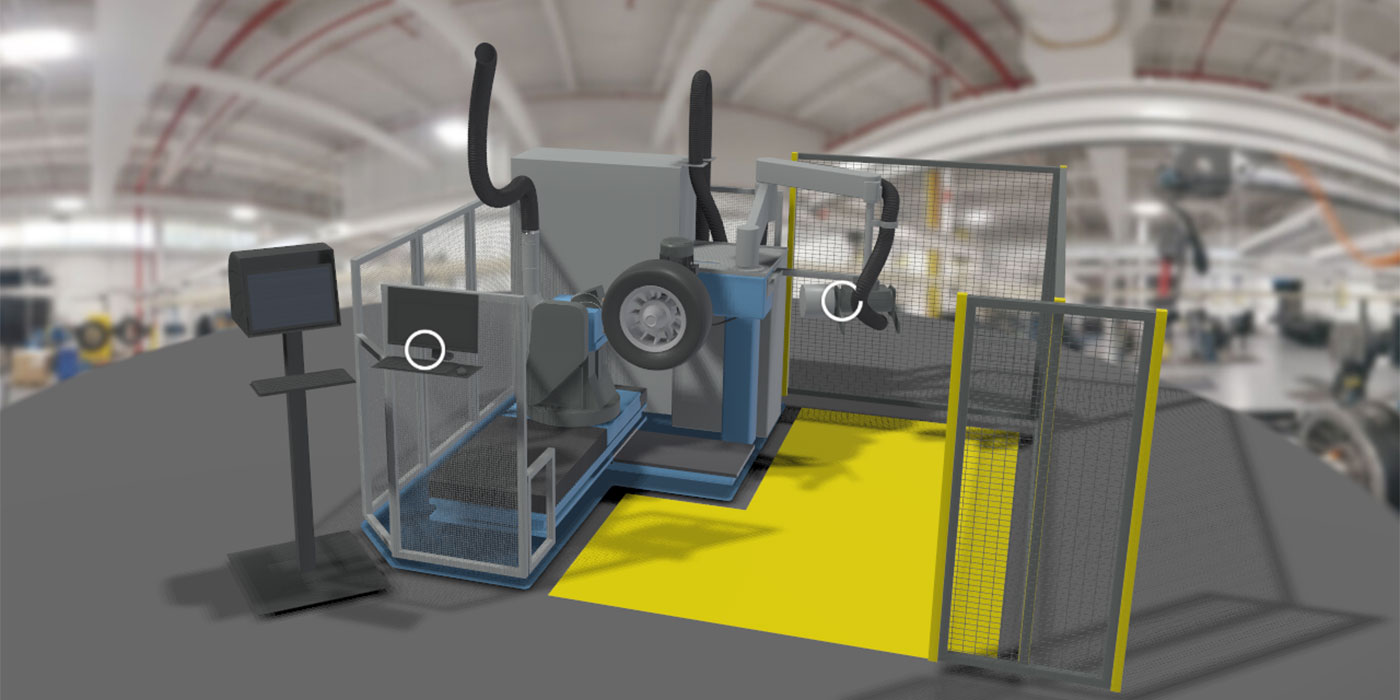Major material supplier, Gummiwerk Kraiburg Austria, has identified the prospects and risks attached to this development, according to Frank Gregory, new sales director within the company’s “Retreading materials” business unit. Talking to Tyres & Accessories, Gregory announced an adjustment to Kraiburg Austria’s business model, but did not disclose specific details.
T&A: The Bandag takeover exemplifies that there is an “industrialisation” currently taking place in the retreading business. What is your general perspective of this situation?
Gregory: As a matter of fact, the retreading market has developed relatively steady in 2006. The continued market consolidation which was forecasted to take place (such as with the mandatory introduction of ECE 109) is taking place at a considerably slower speed. We have gained the impression while talking to our customers that 2007 will also be a year offering good perspectives. Thus our customers see their future in a positive way.
T&A: According to your knowledge, when did new tyre manufacturers begin to show an increased interest in retreading?
Gregory: We believe this began a long time ago. The so-called four-life-approach (new tyre, regrooving, retreading, regrooving) was introduced some decades ago by the leading French new tyre manufacturer. This is an approach that helps to not only sell a new tyre but with ‘costs per kilometre’. Together with leasing contracts becoming more and more commonplace in the commercial vehicle and commercial tyre segment, this approach is today one of the key elements to success.
T&A: Why then did these companies enter into retreading?
Gregory: As just indicated, transport services and logistics suppliers are today concentrating on their core business and are leaving necessary services with regards to vehicle technology and tyres to specialists. It can be expected that this trend will continue in Europe, as after all it already has a strong presence in the U.S. and the U.K.
T&A: Is the retreading business a key to success for new tyre manufacturers or just an inevitable evil that results from the fleet contracts offered?
Gregory: Fleet business today is making an important contribution to the tyre business, as previously mentioned. But what exactly is driving the new tyre manufacturers is something you will have to ask them directly.
T&A: Does the Bandag takeover mark the end of a certain development or is it just another intermediate step?
Gregory: Because more than half of the American truck tyre business is dominated by leasing and ‘costs per kilometre’ contracts and because Bridgestone obviously wants to claim their share, the Bandag takeover strategically is comprehensible. All this has taken place against a background in which competitors such as Goodyear or Michelin already have installed their respective retreading systems. It remains to be seen how the market is going to develop.
T&A: Will this development have an effect on the number of retreaders and the number of retreaded truck tyres that are sold?
Gregory: In general, the various players expect a slight upward trend to occur in the replacement markets. Cheap imported brands are likely to benefit from the market growth. With regards to retreading we believe that a degree of stagnation will occur in the European markets. At the same time the number of retreaders will decrease, although not as rapidly as many had expected. I am sure that this forecast is equally valid for the tyre trade.
T&A: When the current development comes to a halt, what will, in your opinion, the European retreading business look like?
Gregory: Because we simply don’t know exactly what is going to change, in particular with regards to the Bandag takeover, we cannot comment on such a question right now.
T&A: What is the worst scenario you can imagine from an independent retreader’s perspective and what is the best?
Gregory: For an independent retreader, as most of our customers are, it is important to improve and prove long-term competitiveness compared to the new tyre industry and their affiliated chains. In order to counteract the possible growing domination of the new tyre manufacturers in the retreading industry every retreader should improve and demonstrate the quality of their service and product portfolio up to its capacities.
T&A: Who knows more about retreading: an independent retreader or one with affiliations to the new tyre industry?
Gregory: Certainly it would be wrong to underestimate the technical competence of the small-scale, handcrafted retreader. In our opinion it is equally important to see who is going to establish a level of expertise with regards to technology and niche products.
T&A: Kraiburg has used the expression ‘polarisation’ in an official comment on the Bandag takeover. What are the poles that you see emerging?
Gregory: We are looking into the two main directions, namely the retreaders that operate independently from the new tyre industry and those retreading companies that are attracted by the industry and their respective organisations.
T&A: This development offers opportunities and risks, as is always the case. In Kraiburg’s perspective what are the most eminent opportunities?
Gregory: First of all we consider ourselves to be a flexible and capable partner for retreaders that mainly operate independently of the tyre industry.
T&A: What does Kraiburg have to do in order to be able to benefit from these opportunities?
Gregory: Our customers know that we do all we can in order to help them achieve long-term success. To this end we offer a well-established and capable product portfolio which is made up of our standard product line ‘Kraiburg’ and our new premium product line ‘Kraiburg plus’ in addition to a coherent service package.
T&A: In this respect, are there changes to Kraiburg’s business approach? What are these?
Gregory: Currently, Kraiburg Austria is working on the development of a new business approach. As soon as this process has ended, we will be glad to disclose details. In the meantime we can only say that we will continue to invest into the development of new products and new technologies.
T&A: Would producing retreaded (truck) tyres yourself as your competitor Marangoni is doing be an option?
Gregory: Several years ago Kraiburg made the strategic decision to not go in this direction. We hold fast to this decision. We see ourselves as partners to our customers and not their competitors.
T&A: What is Kraiburg’s role as material supplier to retreading that takes place under the roof of new tyre manufacturers?
Gregory: As you may already know, new tyre manufacturers are also aware of our products’ merits and have been using our mixing and compounding know-how for a long time now. Obviously, we cannot go into any more details in this respect.
T&A: What do you think are the major risks to your own company that the current developments towards a more polarised retreading world pose?
Gregory: The greatest risk would be that more and more dealers and retreaders that are still operating independently from the new tyre industry may become increasingly attracted to it.
T&A: The retreading business today is increasingly dependent on an undisturbed availability of retreadable casings. Is there anything Kraiburg can do for its customers in this respect?
Gregory: Kraiburg will continue to concentrate on its core business, which is the production and sales of high quality retreading material. We are not thinking about increasing our sales volume by trading casings.
T&A: What have been the most important changes for Kraiburg Austria during this past year?
Gregory: As we published in earlier press releases we are increasingly concentrating our business efforts on Central Europe as our core market. Our commitment to international markets has been reduced to a minimum because of earning potential. At the same time Kraiburg has established two new business units at its Geretsberg premises, “Products and systems for OTR tyres” and “New products.” This second business unit in particular covers other product lines such as Belmondo floor coverings for horse stables. Thus Kraiburg also invests in business segments beyond the tyre business although “Retreading materials” remains the supporting pillar of our business activities.



